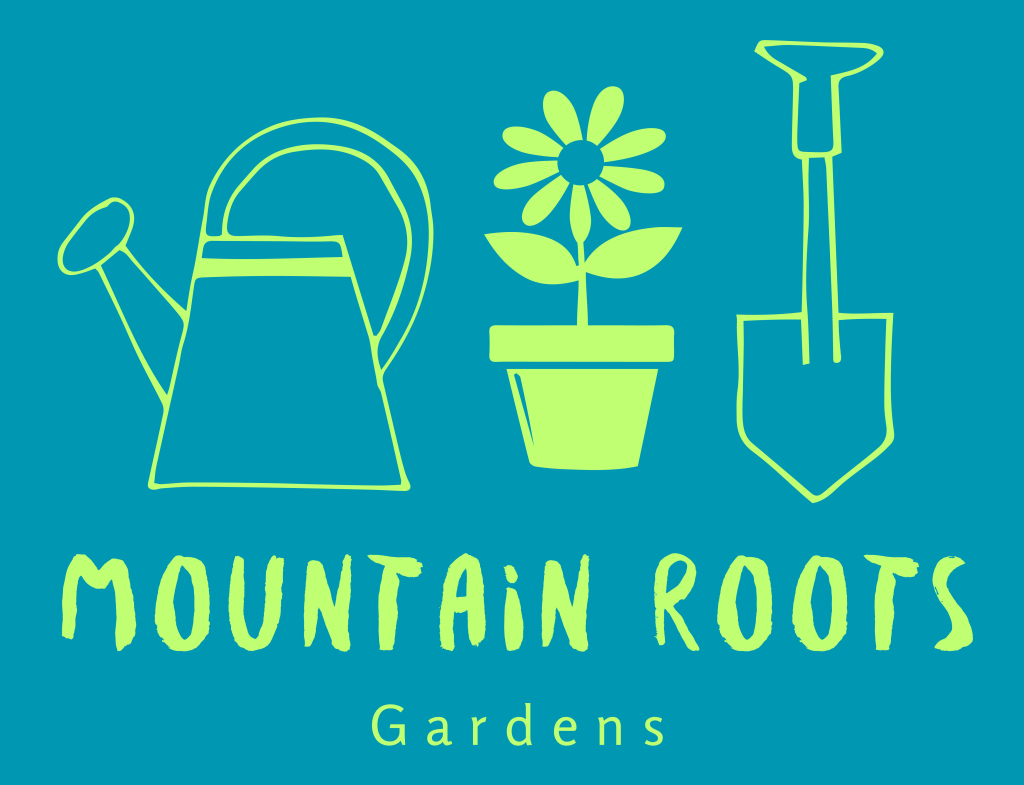Blog
Tomatoes, Frequently Asked Questions
Hooray, my vegetable garden is finally going gang busters. If your garden was one of the many that got hit by hail I hope you have replanted. Now we have to make sure we feed, water and keep an eye out for insects.
The most common vegetable in the garden is the tomato and there are several questions we here on a frequent basis.
One of the most popular questions in July is “Why are the blossoms falling off my tomatoes?” High temperatures particularly when coupled with drying winds interfere with pollination. Un-pollinated flowers dry and won’t remain on the plant. Tomato pollen is transferred within the same flower by shaking of the plant and is not wind or insect carried. Windbreaks, insuring consistent moderate moisture in the soil, and clustering plants may be somewhat helpful in preventing blossom drop.
Other tomato complaints have centered on why plants haven’t grown as fast as usual or why fruit is not sizing or ripening. The answers are again environmental. Front Range tomatoes often get a late start due to cold night temperatures that can last into the second week of June. Three nights that week with temperatures below 40 degrees F can set back newly planted plants. These plants can take several weeks to recover and resume active growth.
Tomatoes have the reputation as being heat lovers probably because they are intolerant of spring cold. They only tolerate so much heat and fruit does not increase in size at temperatures over 95 degrees F. July and early August can bring many days above 90 degrees F.
Tomatoes grow best at uniformly moderate temperatures between n 65 to 85 degrees F. This is why a high altitude, semiarid climate like Colorado with wide daily temperature swings is not a favorable area for tomato growing. Days are often too hot and nights are often too cold during the growing season for tomato growth and fruit development.
Tomato spotted wilt virus (TSWV) causes tomato plants to appear dusty or dirty. Leaves become distorted and stems often have sunken, bronze cankers. Plants may be stunted and fruits and leaves develop yellow rings. The disease is transmitted by western flower thrips, very tiny tubular-shaped insects. Virus-infected plants should be removed and destroyed.
In vegetable gardens with poor soil, water management is difficult in hot weather. Blossom end rot is common on tomatoes and squash shrivel on the vine. Blossom end rot is a black sunken spot on the bottom (blossom end) of tomato and pepper fruits and is caused by irregular moisture. The fruit is safe to use when the black area is cut off.
Additionally, keep an eye out for insects. The most common is the Hornworm. Application of Dipel Dust is an effective and safe remedy for the Hornworm.
While tomatoes take some care the results are certainly worth the effort. I am looking forward to the first vine ripened tomato in my backyard.
